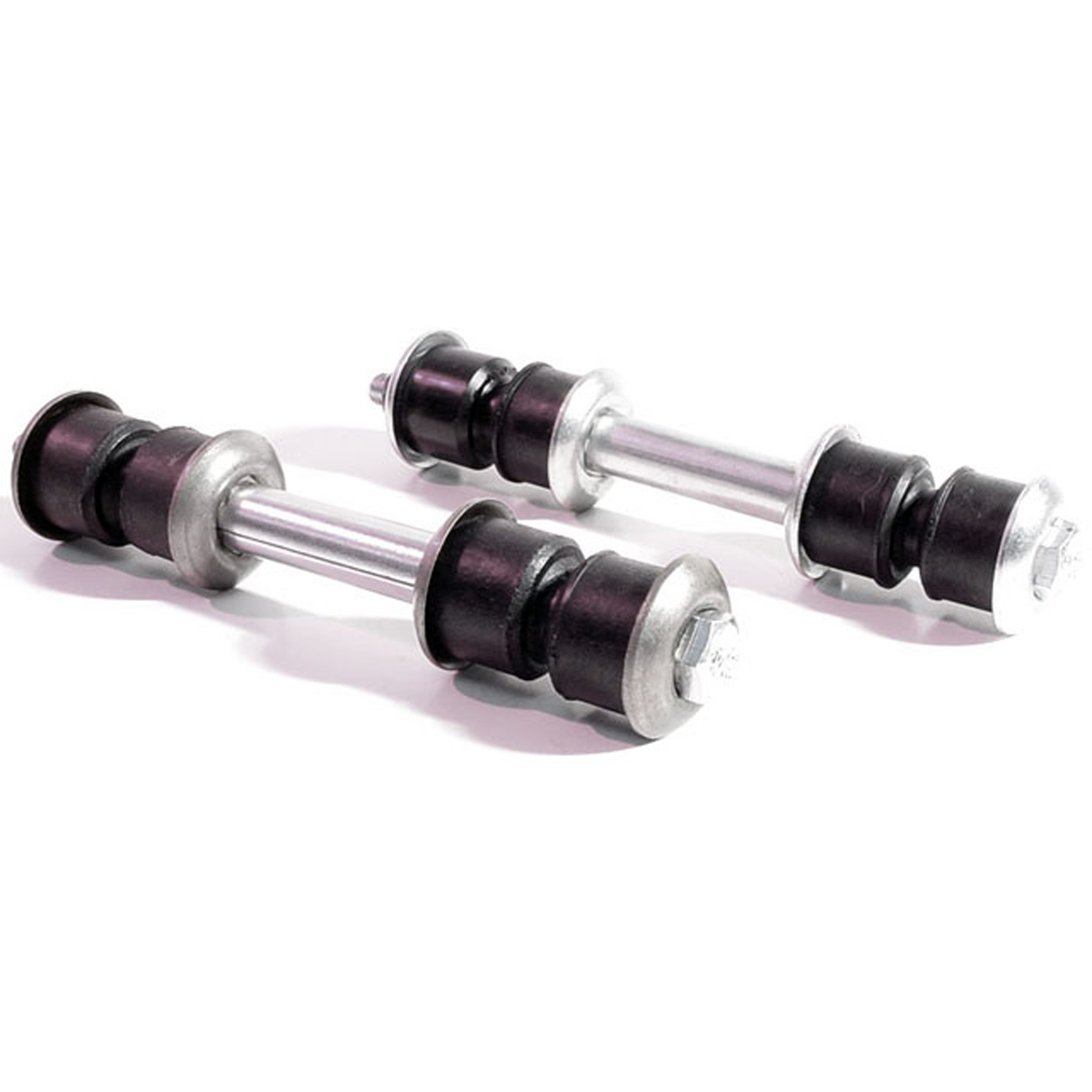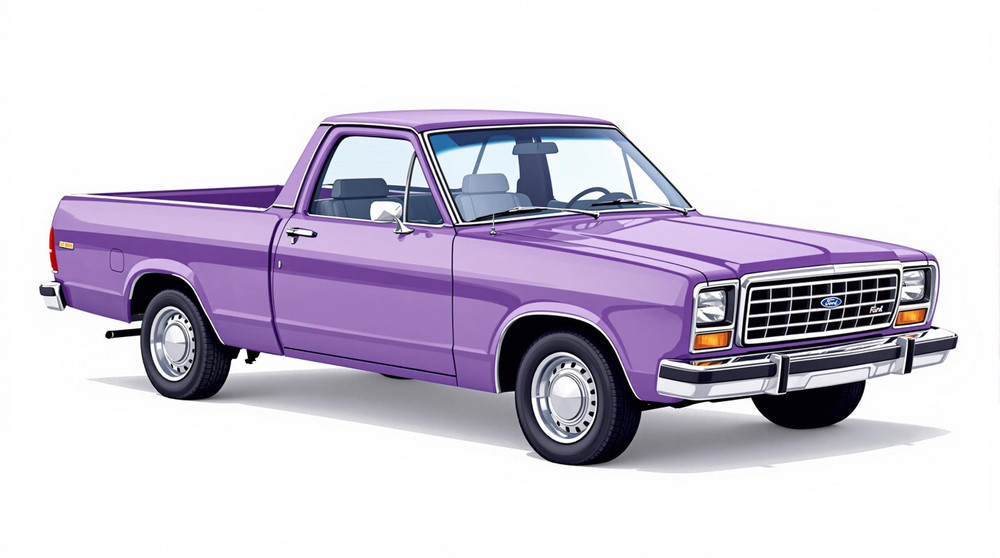Image of 1982 Ford Courier, Note: These illustrations use artistic license and may differ from actual historical models.
Performance Metrics
Fundamental Metrics
Emotional Appeal
MMP Rating
| Engine Specifications | |
|---|---|
| Engine: | 2.0L I4, 2.3L I4 |
| Displacement: | 122-140 cu in. |
| Horsepower: | 74-88 hp |
| Torque: | 101-118 lb-ft |
| Compression Ratio: | 8.6:1 |
| Ignition System: | Electronic |
| Cooling System: | Liquid-cooled |
| Performance Specifications | |
| 0-60 Time: | Estimated 15-20 seconds |
| 1/4 Mile Time: | Estimated 20-25 seconds |
| Top Speed: | 85-90 mph |
| Transmission and Drive | |
| Drive Type: | Rear-wheel drive |
| Transmission Type: | 4-speed manual, 3-speed automatic |
| Fuel and Efficiency | |
| Fuel System Type: | Carburetor |
| MPG: | 20-25 mpg |
| Dimensions and Brakes | |
| Brakes: | Front disc, rear drum |
| Wheelbase: | 104.9 in. |
| Weight: | 2,800-3,000 lbs |
Note: Specifications for classic cars are given to the best of our ability, considering the limited and variant data available.
Unsung Hero of the Compact Truck World: The 1982 Ford Courier
Amidst the giants of automotive history, the 1982 Ford Courier emerges as a humble yet significant player. This compact pickup truck, a product of a partnership between Ford and Mazda, represents a pivotal moment in the evolution of small trucks in North America. Born out of necessity during the fuel crises of the 1970s, the Courier was Ford's answer to the growing demand for fuel-efficient vehicles.
Unique in its origin, the Courier was manufactured by Mazda, wearing a Ford badge, a strategic move that allowed Ford to quickly enter the compact truck market. This vehicle is a testament to the era's globalization of the auto industry, where collaboration across continents became a new norm.
Design and Innovation
The 1982 Ford Courier boasted a utilitarian yet appealing exterior, with clean lines and a no-nonsense stance. Its boxy shape was softened by rounded edges, giving it a friendly appearance. Inside, the Courier was basic but functional, with durable materials meant to withstand the rigors of daily use. While not luxurious by any means, it offered practicality and simplicity, which were highly valued at the time.
Technologically, the Courier was not a pioneer, but it did feature advancements that were impressive for a compact truck. It came with options such as an AM/FM radio and air conditioning – luxuries in the realm of small pickups. The color palette ranged from classic whites and blues to more vibrant shades, with reds and yellows being popular choices among buyers.
The most iconic body style was undoubtedly the standard two-door pickup with a long bed, which provided ample cargo space without compromising maneuverability. Other options included a shorter bed and an extended cab variant, catering to a wider range of needs.
Historical Significance
The Ford Courier's impact on automotive design is subtle yet substantial. It helped solidify the compact truck segment in North America, paving the way for future models that would eventually dominate the market. Its success proved that there was a strong appetite for smaller, more efficient trucks, influencing manufacturers to invest in this once-overlooked category.
Performance and Handling
Under the hood, the 1982 Ford Courier was modest but capable. It wasn't built for speed, but its four-cylinder engine provided enough power for everyday tasks. The top speed and acceleration were adequate for its class, with 0-60 mph times not typically being a major selling point for trucks of this era.
The ride quality was surprisingly smooth for a compact truck, absorbing bumps with relative ease. Handling was nimble, especially in urban settings where its size allowed it to navigate tight spaces effortlessly. Drivers could expect a straightforward, honest driving experience with an engine sound that was more workmanlike than exhilarating.
Ownership Experience
The Courier found its niche as a daily driver and an occasional hauler. Its reliability and ease of repair made it a favorite among those who needed a no-frills vehicle for work or personal use. Maintenance was straightforward, ensuring that even average owners could keep their Couriers running without frequent trips to the mechanic.
Fun Facts
While not known for breaking records or making waves in pop culture, the Ford Courier does have its share of interesting trivia. For instance, it was one of the first vehicles to be part of Ford's "world car" strategy, sharing components with international models. Although celebrity ownerships were rare, the Courier did find its way into various fleet applications due to its reliability.
Common criticisms of the vehicle centered around its lack of power and amenities compared to full-size trucks. However, these were often offset by its fuel efficiency and maneuverability.
Collector's Information
Today, the 1982 Ford Courier is a rare sight, with production numbers not as high as those of its contemporaries. The exact number produced is hard to pinpoint, but it's safe to say that finding one in good condition can be a challenge. As for value, well-preserved Couriers can fetch anywhere from a few thousand dollars to upwards of $10,000 or more for pristine examples or those with significant historical relevance.
The market trend for the Courier is slowly appreciating as enthusiasts recognize the charm and historical importance of these compact trucks. As they become rarer, their value is likely to continue to climb modestly over time.
Conclusion
The 1982 Ford Courier may not have been the flashiest or fastest truck on the road, but its contribution to the automotive landscape is undeniable. It bridged gaps between countries, cultures, and market segments, leaving behind a legacy of practicality and efficiency. For those who appreciate the understated charm of compact pickups, the Courier remains a beloved classic.
1982 Ford Courier Catalog of Parts
 1982 Ford Courier Front Stabilizer End Repair Kit-BNK 24Front Stabilizer End Repair Kit. 22-piece set for two stabilizer bars. Contains all rubber bushings, washers, bolts and nuts, enough for one front end. Set
1982 Ford Courier Front Stabilizer End Repair Kit-BNK 24Front Stabilizer End Repair Kit. 22-piece set for two stabilizer bars. Contains all rubber bushings, washers, bolts and nuts, enough for one front end. SetWhy Choose Metro?
For over 100 years, Metro Moulded Parts has been the pinnacle of quality in classic car restoration parts. Our commitment to precision and authenticity in every component ensures a perfect fit and an OEM-level appearance.
- Expert Craftsmanship & Quality: Each part is a testament to our dedication to reliability and perfection, crafted from original designs and thoroughly tested.
- Advanced Technology: We use cutting-edge techniques to create flawless, long-lasting parts that surpass others in performance.
- SuperSoft Sponge – The Ultimate Door Seal: Not only are our door seals 30% softer than competitors', but they're also guaranteed to never leak. They effectively reduce wind and road noise, enhancing your classic car's comfort and driving experience.
- Proudly American: Our parts are a product of American craftsmanship, made in the USA with a spirit of excellence and heritage.
- Unrivaled Warranty: We back our products with a 30-year industry-leading warranty, a testament to our confidence in their quality.
Join us in preserving the legacy of classic cars with parts that are crafted for perfection, not just made.

